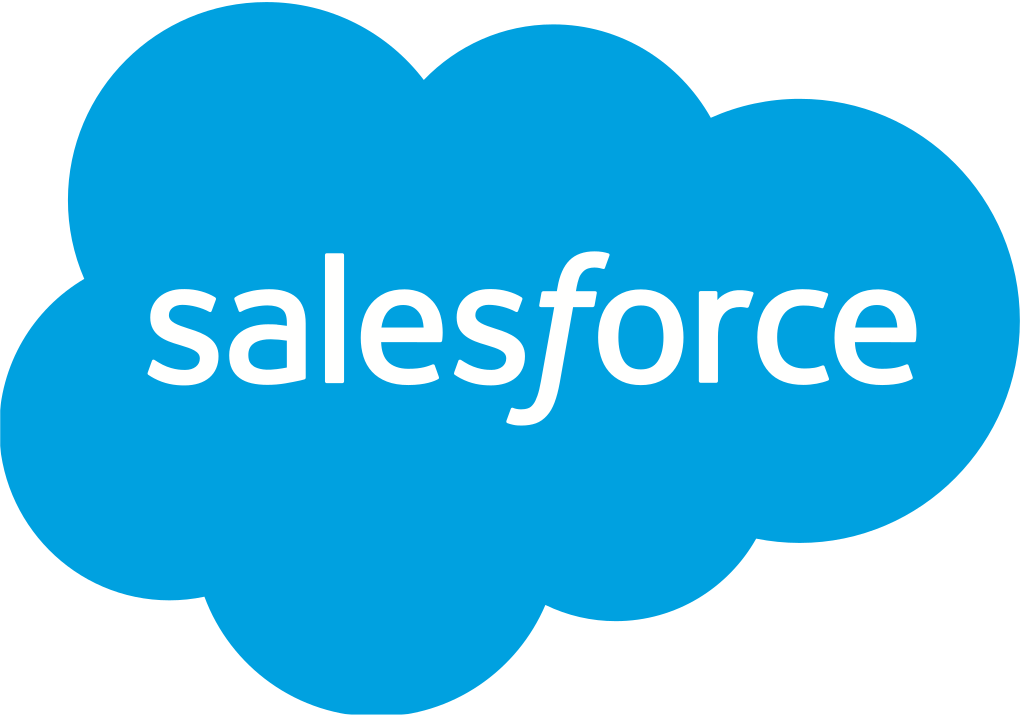Marketing Hub
Lead generation and content management
HubSpot’s Marketing Hub helps you attract visitors and capture leads in one place. You can create forms, pop-ups and fully designed landing pages with a drag-and-drop editor. If you prefer, host your blog on the built-in CMS so every post is automatically tied to the CRM for tracking.
Even if your main website lives elsewhere, HubSpot forms can be embedded to start recording visitor activity. The platform includes SEO tools that suggest improvements and track rankings. You can build a content strategy with pillar topics and see related keyword ideas, keeping your blog aligned with search demand.
Email marketing and automation
A visual email editor lets you design responsive newsletters and drip campaigns. On paid tiers you remove HubSpot branding and send higher volumes, while free plans give a generous allowance for testing the waters.
Workflows add sophistication by using if-then branches, time delays and lead scoring. For instance, you might email an e-book to new contacts, wait a week, send a case study, then notify a sales rep when the prospect clicks. Such multi-step nurturing ensures no lead slips through the cracks and saves hours of manual follow-up.
Social media and ads management
Connect LinkedIn, X, Facebook and Instagram, then schedule posts from a single calendar. Engagement metrics feed straight into the dashboard so you see which networks drive traffic and contacts.
For paid campaigns, link Google, Facebook and LinkedIn Ads. HubSpot matches ad clicks to CRM records, letting you build retargeting audiences or report on cost per lead without extra spreadsheets. A list of contacts who viewed a key web page, for example, can sync directly to an ad platform for precise targeting.
Analytics and reporting
Dashboards reveal email performance, landing-page conversion rates, traffic sources and campaign ROI. Because marketing and sales share data, you can follow a visitor’s journey from first click to closed revenue.
Custom reports allow deep dives such as leads by source each month or multi-touch attribution models. Beginners benefit from ready-made funnel views, while advanced users can create board-level revenue reports without exporting data to external tools.
Sales Hub
CRM and pipeline management
Sales Hub builds on HubSpot’s free CRM by adding robust deal pipelines. Use a Kanban board to drag opportunities through prospecting, qualification and proposal stages. Add custom fields so every deal record captures the information your organisation needs.
Multiple pipelines can track new business, renewals or channel sales. Dashboards show value at each stage, win rates and forecasted revenue, helping managers spot bottlenecks early.
Communication tools
Integrate Gmail or Outlook to send and log emails directly from HubSpot, with real-time open and click notifications. Reps save time with reusable templates and snippets that insert common phrases in seconds.
Each user gains a personal meeting-booking link tied to their calendar, while built-in calling records conversations for coaching. Live chat and chatbots route website enquiries straight into the CRM, ensuring nothing is missed.
Sales automation and AI features
Sequences automate one-to-one outreach by sending personalised emails over several days and prompting tasks when prospects remain silent. Workflow automations handle internal processes: reassign dormant deals, create onboarding tickets when a deal closes or notify finance when paperwork is signed.
Artificial intelligence transcribes calls, predicts lead quality and drafts email replies, trimming admin load and guiding reps towards the next best action.
Alignment with marketing and insights
Because Sales Hub shares the same database as Marketing Hub, reps view every web page visited, email opened and form submitted. Lead scores highlight the hottest prospects, and filters allow quick lists such as contacts who read the pricing page this week.
Shared dashboards track conversion from visitor to customer, keeping marketing and sales focused on a single revenue number instead of separate metrics.
Conclusion
HubSpot’s Marketing and Sales Hubs combine creative tools, automation and robust CRM features in one platform. Marketers launch content, emails and ads while measuring true ROI, and sales teams work faster with contextual data, automated tasks and real-time insights.
For organisations committed to growth and willing to invest, HubSpot provides a unified foundation that replaces piecemeal solutions with a streamlined, scalable system.





.png)











